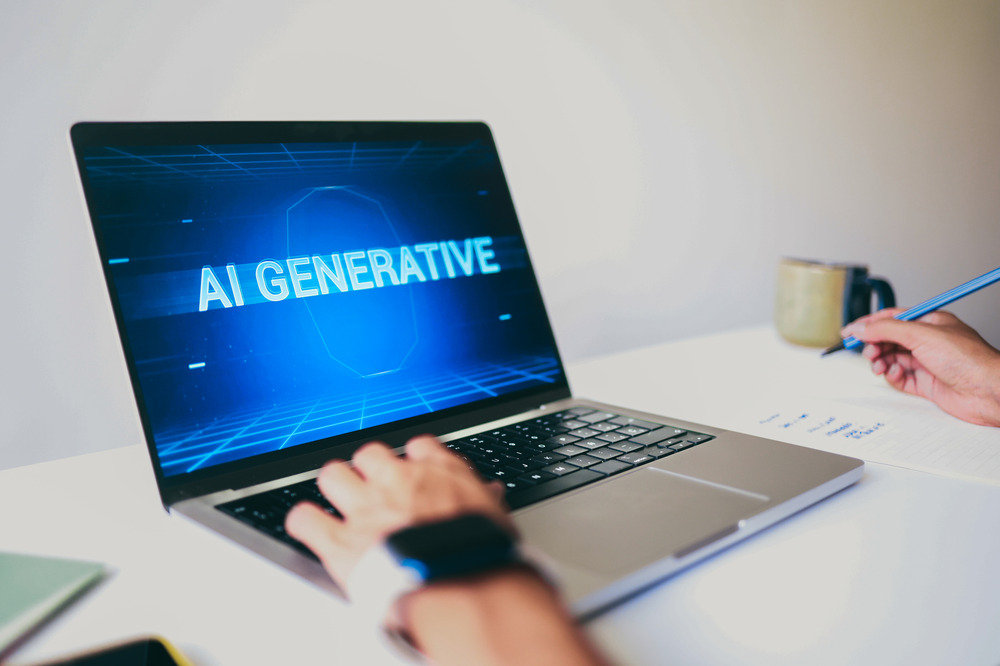Free & Discounted Services For Organizations Making A Difference! Learn More

Free & Discounted Services For Organizations Making A Difference! Learn More
Free & Discounted Services For Organizations Making A Difference! Learn More

AI-powered tools are transforming the way websites are designed and developed. By automating repetitive tasks and providing data-driven insights, these tools allow businesses to create visually appealing, functional, and user-friendly websites with greater efficiency.
AI-based website builders like Wix ADI and Bookmark use algorithms to design websites in minutes. These tools can:
AI enables dynamic website personalization, tailoring the user experience based on behavior, location, and preferences. For example:
Tools like Adobe Sensei and Figma AI assist designers by:
Pro Tip: While AI can streamline the design process, always combine it with human creativity to maintain a unique and authentic brand identity.
Search Engine Optimization (SEO) is crucial for driving organic traffic to your website. AI-powered tools simplify and enhance SEO processes by analyzing vast amounts of data and providing actionable insights.
AI tools like Ahrefs, SEMrush, and Clearscope can:
With the rise of voice-activated devices, optimizing for voice search is critical. AI tools can help:
AI-powered platforms like BrightEdge and MarketMuse use predictive analytics to:
Pro Tip: Regularly monitor and update your SEO strategy using AI insights to adapt to changing algorithms and user behavior.
AI-driven tools can revolutionize the way users interact with your website, leading to higher engagement and conversion rates.
AI chatbots like Drift and ChatGPT can:
Tools like Hotjar and Crazy Egg, powered by AI, analyze user behavior to:
AI tools enable dynamic content delivery, ensuring users see content that aligns with their preferences and needs. Examples include:
Pro Tip: Combine AI-powered UX tools with A/B testing to refine and optimize the user experience continuously.
Creating high-quality content is one of the most time-intensive aspects of website management. AI can significantly speed up this process without sacrificing quality.
AI writing platforms like Jasper, Writesonic, and Grammarly assist with:
AI tools like BuzzSumo and Frase can:
AI tools like Canva AI and Runway ML can generate visuals, including infographics, banners, and videos, that complement your written content.
Pro Tip: Use AI tools to create a foundation for content but add a human touch to ensure authenticity and emotional resonance.
Keeping your website running smoothly is just as important as designing and optimizing it. AI-powered tools simplify maintenance and performance monitoring.
Platforms like Pingdom and Uptime Robot use AI to:
AI-enhanced analytics platforms like Google Analytics 4 and Tableau provide:
AI-driven tools like Cloudflare and Darktrace protect your website by:
Pro Tip: Regularly review AI-generated reports to identify trends and opportunities for improvement.
To make the most of AI, ensure it integrates seamlessly with your existing systems and workflows.
Select tools that can grow with your business and adapt to evolving needs.
Provide training to help your team understand and effectively use AI tools.
AI is a powerful ally but isn’t perfect. Human oversight ensures ethical, accurate, and high-quality outcomes.
Blogging in 2024 isn’t about churning out content for the sake of it. It’s about creating high-quality, user-focused articles that adapt to modern trends:




Join our community of thousands of designers and get updated every week. We have a lot more just for you! Join us now

In today’s digital landscape, mastering Search Engine Optimization (SEO) is essential for businesses looking to thrive online. At Olex Digital, we specialize in creating tailored

In today’s fast-paced digital landscape, a website isn’t just an online presence; it’s the cornerstone of a business’s success. As your business grows, your website

Featured snippets, also known as “position zero,” are the holy grail of search engine optimization. These snippets appear at the very top of Google’s search

If you’re serious about improving your website’s search engine performance, content clusters should be at the heart of your SEO strategy. As Google’s algorithms evolve,

Your website is often the first interaction potential customers have with your business. It’s your digital storefront, and first impressions matter. A poorly designed website

In today’s highly competitive digital landscape, businesses targeting local customers need to ensure they’re not just visible online but also dominate their local search results.
